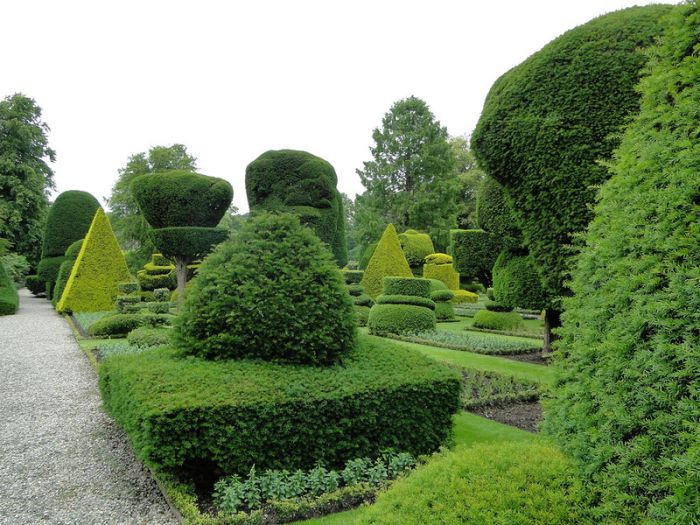|
|
Garden Topiary Plant Art
|
European topiary dates from Roman times. Pliny's Natural History and the epigram writer Martial both credit Cneius Matius Calvena, in the circle of Julius Caesar, with introducing the first topiary to Roman gardens, and Pliny the Younger describes in a letter the elaborate figures of animals, inscriptions, cyphers and obelisks in clipped greens at his Tuscan villa (Epistle vi, to Apollinaris). Within the atrium of a Roman house or villa, a place that had formerly been quite plain, the art of the topiarius produced a miniature landscape (topos) which might employ the art of stunting trees, also mentioned, disapprovingly, by Pliny (Historia Naturalis xii.6).
• Far Eastern topiary
The clipping and shaping of shrubs and trees in China and Japan have been practised with equal rigor, but for different reasons. The goal is to achieve an artful expression of the "natural" form of venerably aged pines, given character by the forces of wind and weather. Their most concentrated expressions are in the related arts of Chinese penjing and Japanese bonsai.
Japanese cloud-pruning (illustration) is closest to the European art: the cloud-like forms of clipped growth are designed to be best appreciated after a fall of snow. Japanese Zen gardens (karesansui, dry rock gardens) make extensive use of Karikomi (a topiary technique of clipping shrubs and trees into large curved shapes or sculptures) and Hako-zukuri (shrubs clipped into boxes and straight lines).
|
|









